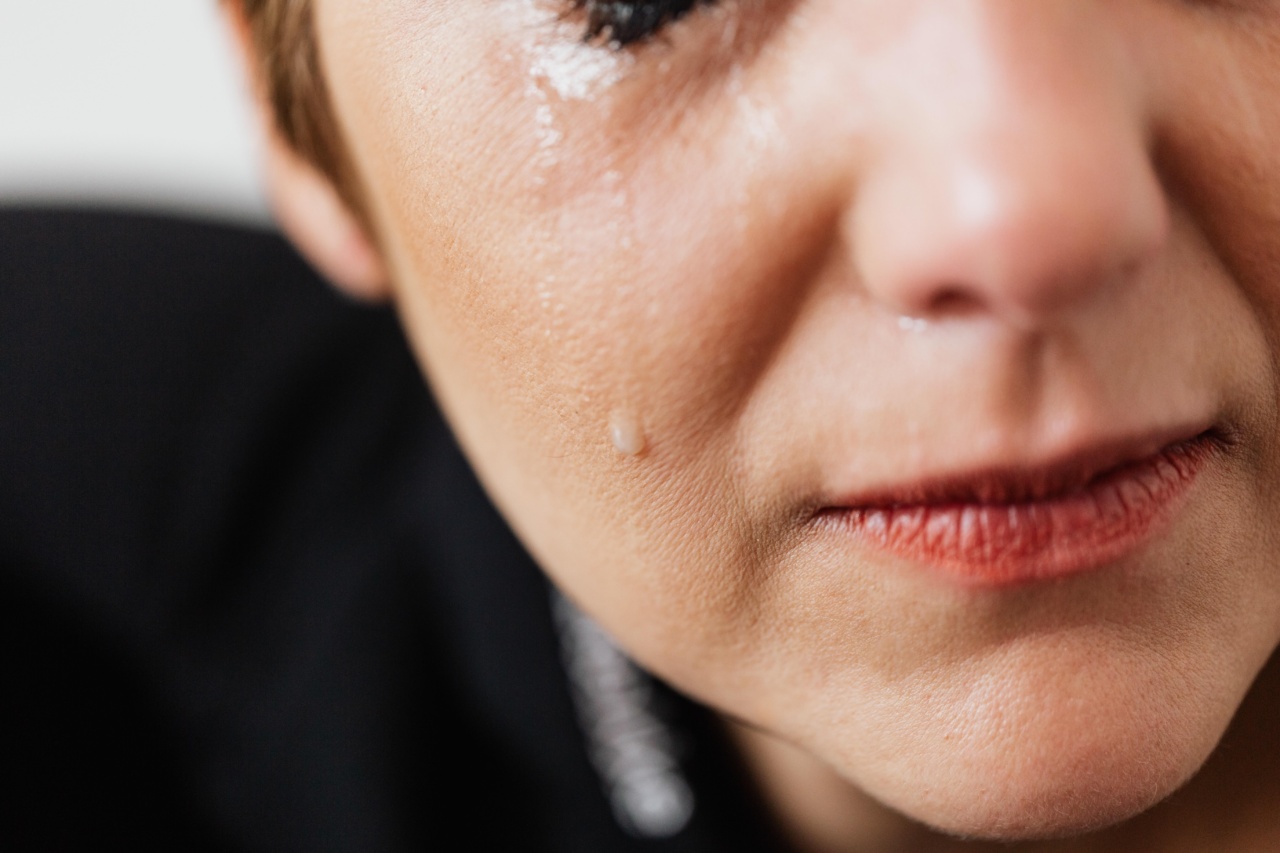Pain in the female genital region can greatly impact a woman’s quality of life and overall well-being. It is essential to identify the causes of such pain and find effective solutions to mitigate discomfort.
In this article, we will explore five probable causes of pain in the female genital region and provide practical solutions to alleviate it.
1. Vulvodynia
Vulvodynia is a chronic condition characterized by unexplained pain in the vulvar region, which includes the external female genitals.
The exact cause of vulvodynia is unknown, but it can occur due to various factors such as nerve damage, hormonal changes, or muscle spasms. To alleviate pain caused by vulvodynia, consider the following solutions:.
– Apply a topical numbing cream or prescribed medication directly to the affected area for temporary relief.
– Practice stress management techniques, such as meditation or deep breathing exercises, as stress and anxiety can intensify vulvodynia symptoms.
– Wear loose-fitting cotton underwear and avoid tight clothing or synthetic materials that may irritate the vulvar area.
– Engage in regular pelvic floor exercises to strengthen the muscles and potentially reduce pain.
2. Vaginismus
Vaginismus is a condition characterized by involuntary muscle contractions in the pelvic floor muscles surrounding the vaginal opening, making penetration painful or impossible. To alleviate pain caused by vaginismus, try these solutions:.
– Gradually desensitize the vaginal area by using vaginal dilators of various sizes or engaging in guided exercises to help relax the muscles.
– Seek therapy, such as pelvic floor physical therapy or sex therapy, to address any underlying psychological or emotional factors contributing to vaginismus.
– Use water-based lubricants during sexual activity to reduce friction and discomfort.
– Experiment with non-penetrative sexual activities to maintain intimacy and pleasure without triggering pain.
3. Menopause
Menopause is a natural phase in a woman’s life when she stops menstruating and experiences various hormonal changes. These hormonal fluctuations can lead to changes in the female genital region and cause discomfort.
To alleviate pain during menopause, consider the following solutions:.
– Discuss hormone replacement therapy (HRT) options with your healthcare provider to help balance hormone levels and reduce vaginal dryness and discomfort.
– Use water-based lubricants or moisturizers to alleviate vaginal dryness and increase comfort during sexual activity.
– Engage in regular sexual activity or use vaginal dilators to prevent vaginal atrophy and maintain elasticity and comfort.
– Try over-the-counter vaginal moisturizers or low-dose vaginal estrogen creams to combat vaginal dryness.
4. Endometriosis
Endometriosis is a condition in which the tissue that normally lines the uterus grows outside of it, leading to pain and inflammation. The presence of endometriosis in the female genital region can cause significant discomfort.
To alleviate pain caused by endometriosis, try these solutions:.
– Consult with a healthcare professional to determine the most appropriate treatment options for your specific case, which may include pain medications or hormonal therapies.
– Apply heat packs or take warm baths to help relax pelvic muscles and reduce pain in the affected area.
– Engage in gentle exercises like yoga or walking to improve blood circulation and alleviate discomfort.
– Consider complementary therapies such as acupuncture or chiropractic care to manage pain and promote overall well-being.
5. Urinary Tract Infection (UTI)
A urinary tract infection occurs when bacteria enter the urethra and multiply in the urinary tract, leading to painful symptoms. UTIs can cause discomfort in the female genital region. To alleviate pain caused by UTIs, consider the following solutions:.
– Drink plenty of water to flush out bacteria and promote urination, which can help alleviate pain caused by urinary tract infections.
– Consult with a healthcare professional to receive appropriate antibiotic treatment to eliminate the infection.
– Avoid irritating substances such as perfumed soaps, bubble baths, or harsh toilet paper that may further irritate the urethral area.
– Urinate before and after sexual activity to prevent the spread of bacteria and reduce the risk of urinary tract infections.
Understanding the probable causes of pain in the female genital region is the first step toward finding effective solutions.
By addressing these causes and implementing appropriate solutions, women can alleviate pain and improve their overall well-being and comfort in this sensitive area.































